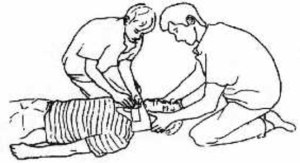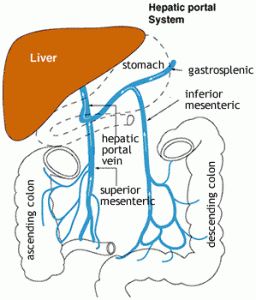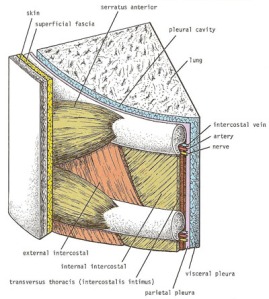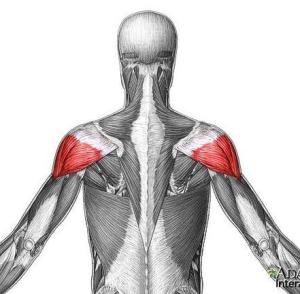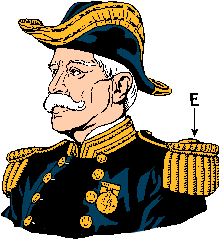Assalamoalaikum my dear brother and sisters in medicine. After a long hiatus I want to reinvest sometime in this blog of mine. Life changed, circumstances changes, I changed, everything changed. But this blog stayed the same and that’s not fair in my opinion. So lets start some work. First of all I noticed on my recent visit to a medical book store that they no longer sell MURAD FCPS-1 Mcq books, rather there are some new names in market such as SK Golden, FCPS prep Golden and what not. In today’s digital world copyright is a huge issue. Although all these books print MCQs recalled by past test takers, I still can’t copy the questions and paste them here in my blog despite the fact that I write my own original explanations. I tried to look for Facebook groups where I can find past papers without any copyright issue but I wasn’t very successful. So the running on this blog now depends on two things.
- Reader provided MCQs or
- Writing short explanations without the questions (this would cover a small topic that appeared in the past papers starting from the most recent July 2021
So I will start with the short explanations without posting the questions and also wait to get more input from readers. Lets see how it works out.
PS: It would be nice if some of you can guide me to some free resources where I can get some input of past papers.

